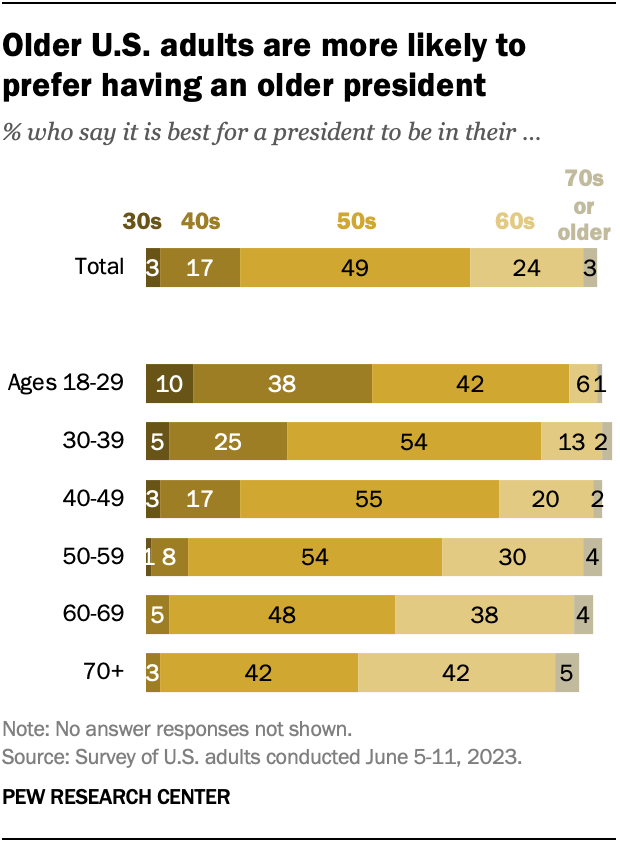What is Snap and how does it relate to the Debt Ceiling?
Snap, also known as the Supplemental Nutrition Assistance Program, is a federal assistance program in the United States that provides eligible low-income individuals and families with funds to purchase food. It is administered by the United States Department of Agriculture (USDA) and aims to alleviate hunger and improve nutrition among vulnerable populations. The program operates through electronic benefit transfer (EBT) cards, which recipients can use to buy eligible food items at authorized retailers.
The Debt Ceiling, on the other hand, refers to the statutory limit on the amount of debt that the United States government can issue to fund its operations and meet its financial obligations. It is set by Congress and serves as a mechanism to control government spending. When the government reaches the debt ceiling, it cannot issue additional debt to cover its expenses, potentially leading to a government shutdown or default on its obligations.
The connection between Snap and the Debt Ceiling lies in the fact that both are funded through the federal budget. When the government hits the debt ceiling, it may face challenges in meeting its financial obligations, including funding programs like Snap. This can have significant implications for the program’s beneficiaries and the overall economy, as it may result in reduced or delayed assistance, impacting the purchasing power and food security of vulnerable individuals and families.
Understanding the implications of Snap and the Debt Ceiling for the economy
The implications of Snap and the Debt Ceiling for the economy are multifaceted. Firstly, if the government is unable to raise the debt ceiling and defaults on its obligations, it can lead to a loss of confidence in the U.S. economy. This can result in higher borrowing costs for the government, businesses, and individuals, as well as a decline in the value of the U.S. dollar. These factors can negatively impact economic growth, investment, and consumer spending.
Secondly, the potential disruption in funding for programs like Snap can have a direct impact on the economy. Snap plays a crucial role in supporting low-income individuals and families, ensuring they have access to nutritious food. Reduced or delayed assistance can lead to increased food insecurity, which can have long-term consequences for public health and well-being. Moreover, the reduction in purchasing power among Snap beneficiaries can also affect local businesses and retailers that rely on their patronage.
Lastly, the uncertainty surrounding the Debt Ceiling can create volatility in financial markets. Investors may become cautious and hesitant to invest, leading to market fluctuations and potential economic instability. This can further impact businesses, job creation, and overall economic performance. Therefore, the resolution of the Debt Ceiling issue is crucial for maintaining stability and confidence in the economy, as well as ensuring the smooth functioning of programs like Snap that support vulnerable populations.







